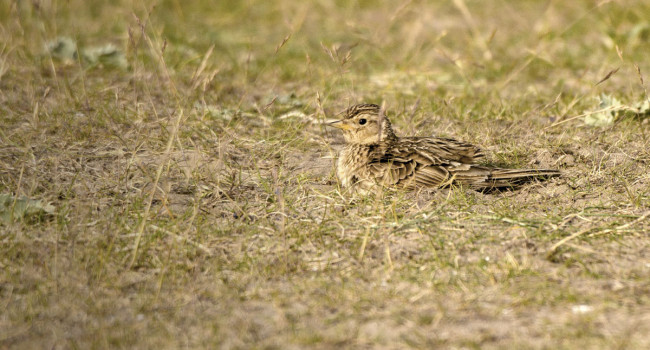Comparative biometrics of British Marsh Tits Poecile palustris and Willow Tits P. montana
Author(s): Broughton, R.K., Alker, P.J., Bellamy, P.E., Britton, S., Dadam, D., Day, J.C., Miles, M. & Hinsley, S.A.
Published: July 2016 Pages: 11pp
Journal: Ringing & Migration Volume: 31 ( part 1 )
Digital Identifier No. (DOI): 10.1080/03078698.2016.1195209
Abstract
Biometrics are commonly used to compare bird species. For Marsh Tits and Willow Tits in Britain there are few biometric data from birds of known age and sex, despite their value for population analyses in estimating the proportion of males and females in samples. Comparing measurements between the two species could also aid identification and the monitoring of these declining species in Britain. We present biometrics for a large sample of Marsh Tits of known age and sex, and new data for Willow Tits, which act as reliable reference material. Overall, adults of both species were larger than first-years and males were larger than females, but not among first-year Willow Tits. Marsh Tits were slightly larger and heavier than Willow Tits, but Willow Tits had proportionately longer tails. Discriminant analyses produced new equations for separating the species based on wing length and the measurement between the shortest and longest tail feathers. Probabilities were generated for estimating Marsh Tit population structure from samples of ringing data, but there was a greater overlap between sexes in Willow Tit measurements. We conclude by discussing issues of measurement accuracy and consistency in the collection and analysis of biometric data.
Staff Author(s)






Share this page